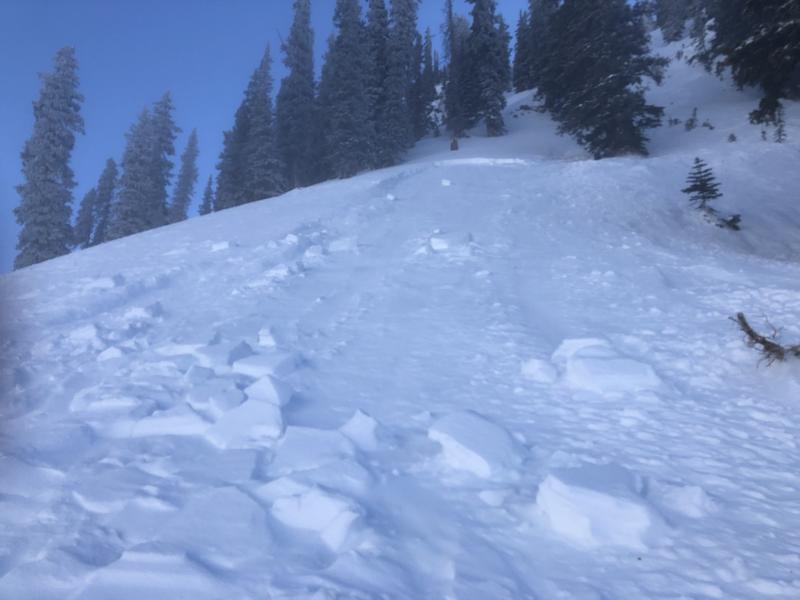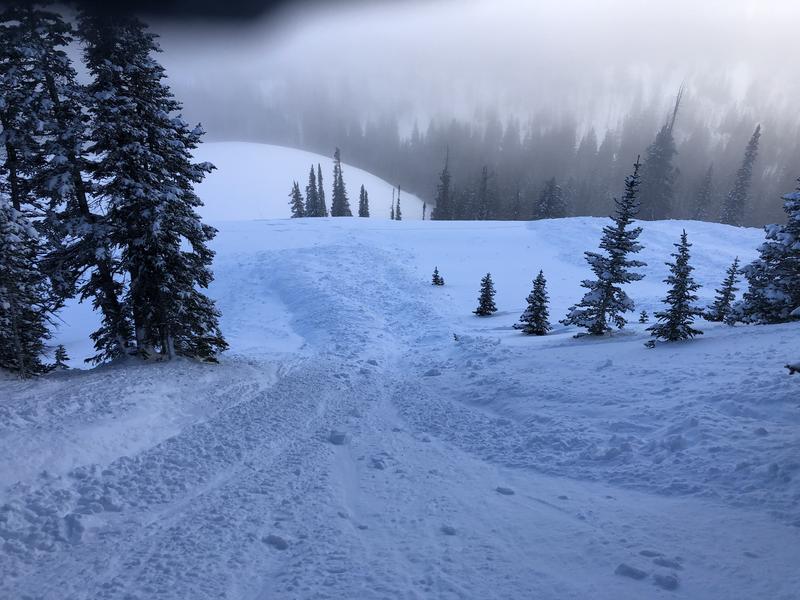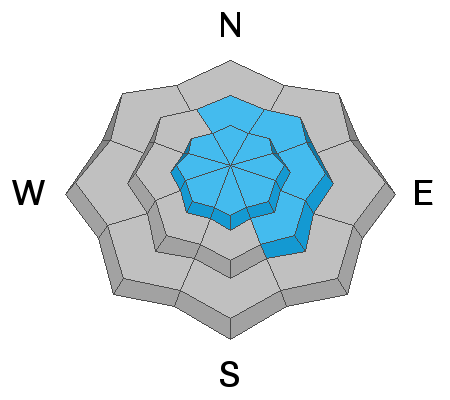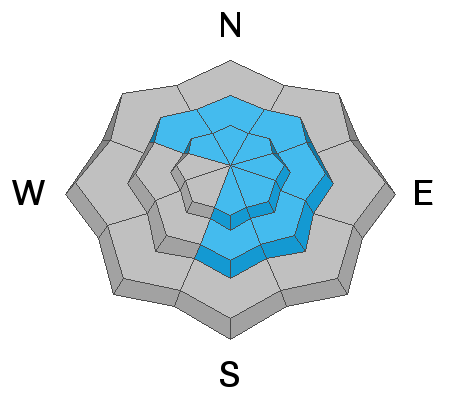Forecast for the Moab Area Mountains

Issued by Eric Trenbeath on
Friday morning, January 24, 2020
Friday morning, January 24, 2020
The avalanche danger is a solid MODERATE and tricky avalanche conditions exist. Human triggered avalanches involving a variety of problems are possible. Steep, wind drifted slopes right around tree line and above that face N-NE-E are the most likely areas for you to trigger an avalanche up to 18" deep. On upper elevation slopes, areas of wind drifted snow may be found on all aspects. Fresh drifts are recognizable by their smooth, rounded, or rippled appearance, and changes in snow depth along ridgelines can indicate areas of wind loading. In some areas, a triggered wind slab has the potential to break into a buried persistent weak layer causing a deeper, and more dangerous avalanche. Persistent weak layers have been observed on slopes facing NW-N-S. Backcountry travelers need to have excellent snow stability analysis skills before considering getting on to steeper terrain.
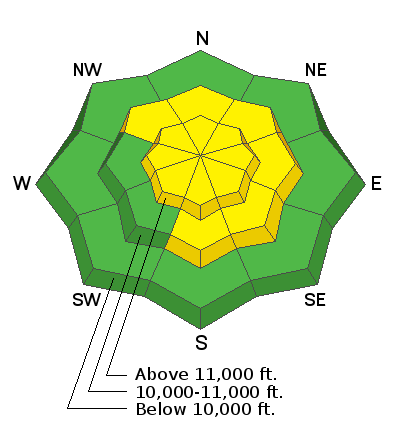
Low
Moderate
Considerable
High
Extreme
Learn how to read the forecast here


